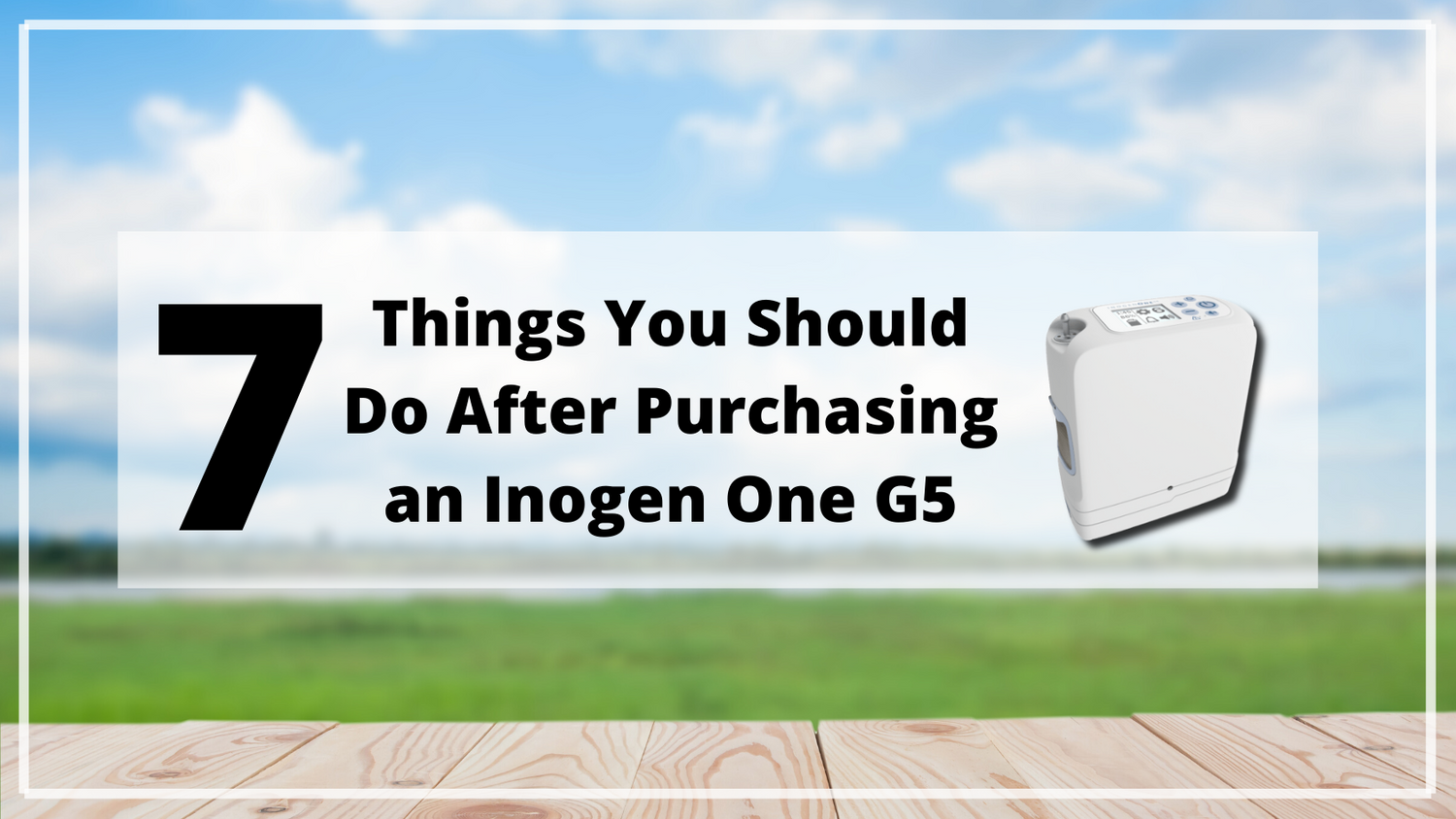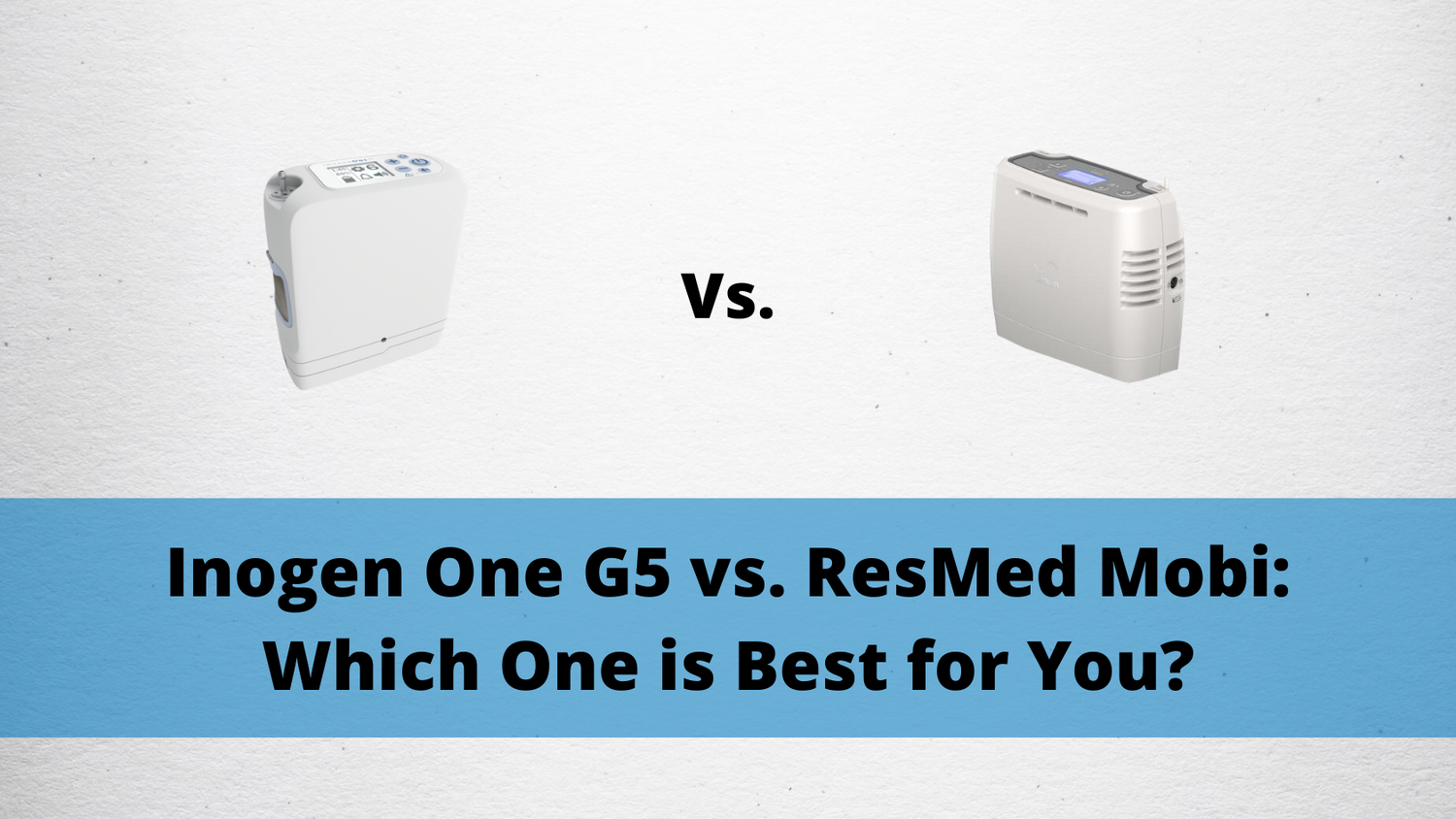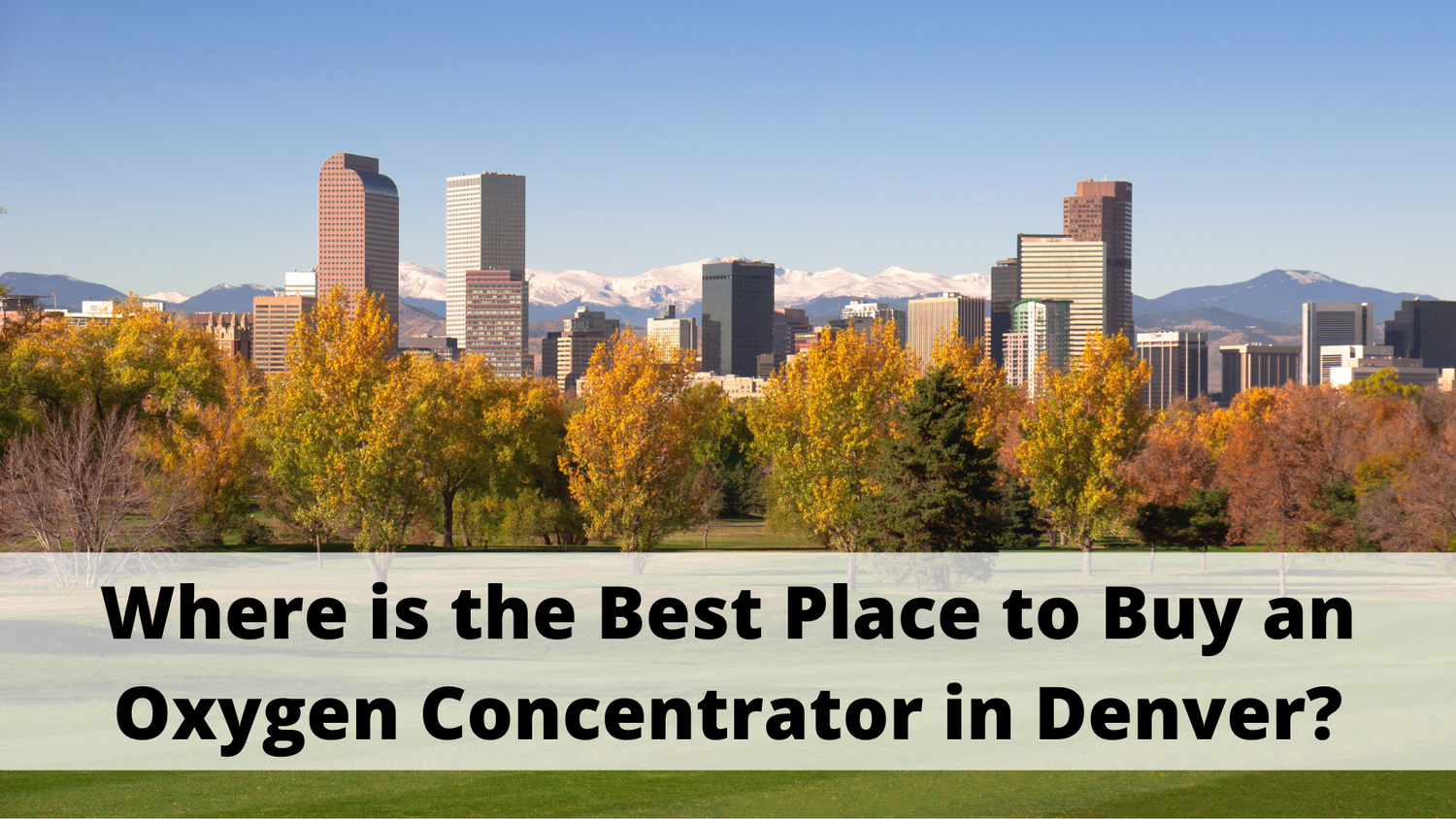Respiratory Resource Center - LPT Medical
7 Things You Should Do After Purchasing an Inogen One G5 Portable Oxygen Concentrator
The Inogen One G5 mobile oxygen concentrator was released...
Read MoreInogen One G5 vs. ResMed Mobi: Which One is Best for You?
With all the new portable oxygen concentrators releasing each...
Read MoreWhere is the Best Place to Buy an Oxygen Concentrator in Denver?
Oxygen concentrators are a lifeline for many respiratory patients....
Read More


